Blogs & News
We are focus on automotive wiring harness & connectors technology.
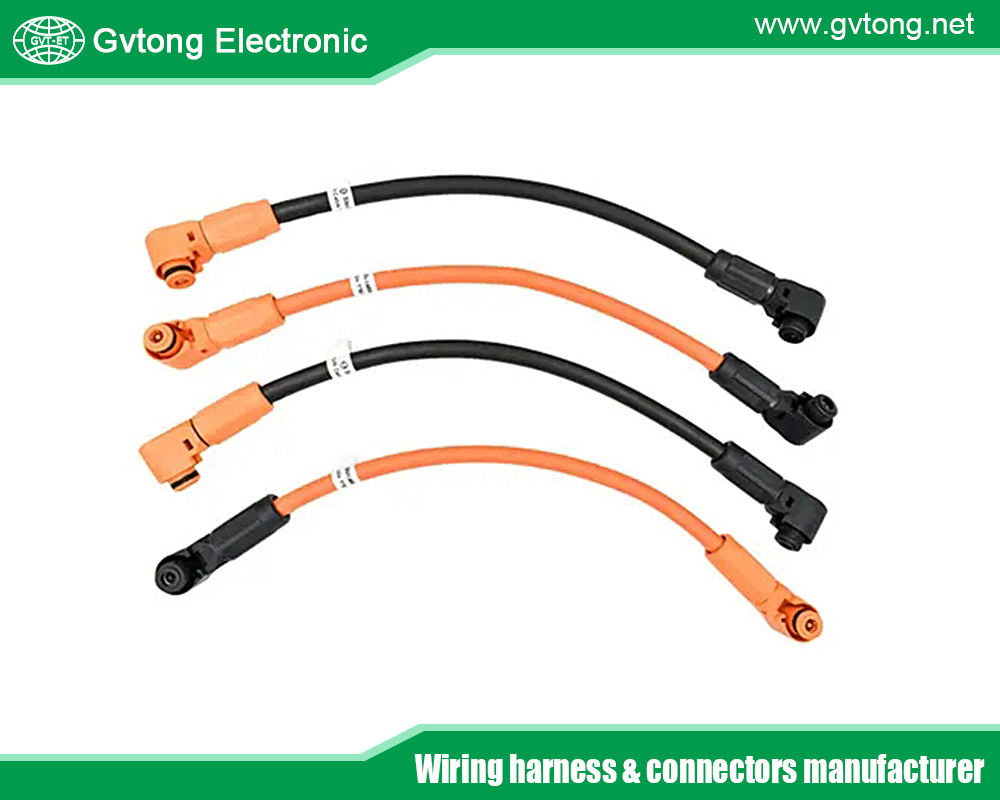
Safety and Reliability of High-Voltage EV Battery Connectors for Electric Vehicles
- Gvtong Electronic
- ADAS sensor connectors, Anti-vibration automotive connectors, automotive electrical connector, automotive High voltage connector, automotive Low voltage connector, Automotive shielded connectors, automotive Signal Connector, automotive waterproof connectors, Battery management system (BMS) connectors, best photovoltaic connectors for solar panels, Best Photovoltaic Solar Battery Connectors For Energy Storage Systems, Blind-mate automotive connectors, China High Current Connectors Manufacturer, China High Frequency And High Speed Connectors Manufacturer, china photovoltaic connectors manufacturers, electric vehicle EV connector supplier, EV charging connectors, EV charging connectors manufacturers, Fuel cell connectors, High-speed data connectors, High-temperature resistant connectors, High-Voltage EV Battery Connectors, High-Voltage EV Battery Connectors for Electric Vehicles, In-cabin infotainment connectors, Lightweight automotive connectors, Low-contact resistance connectors, Modular automotive connectors, OEM-specific connectors, Oil-resistant automotive connectors, Pre-charge/discharge connectors, Quick-fit automotive connectors, Safety and Reliability of High-Voltage EV Battery Connectors, Safety and Reliability of High-Voltage EV Battery Connectors for Electric Vehicles, V2X communication connectors
- No Comments
Safety and Reliability of High-Voltage EV Battery Connectors for Electric Vehicles
Electric vehicles (EVs) are revolutionizing transportation, offering a sustainable alternative to gasoline-powered cars. Central to every EV is its battery pack, which stores energy to drive the electric motor. However, this energy must be transferred efficiently and securely, a task handled by high-voltage EV battery connectors. Operating at voltages up to 800V, these connectors are critical for performance but pose unique safety and reliability challenges. A failure in these components could lead to electrical shocks, fires, or vehicle breakdowns, jeopardizing both user safety and the EV industry’s reputation. This article explores the safety risks associated with high-voltage EV battery connectors, the factors ensuring their reliability, real-world applications, and emerging innovations that promise to enhance their performance. Understanding these elements is essential as EVs become a cornerstone of modern mobility.
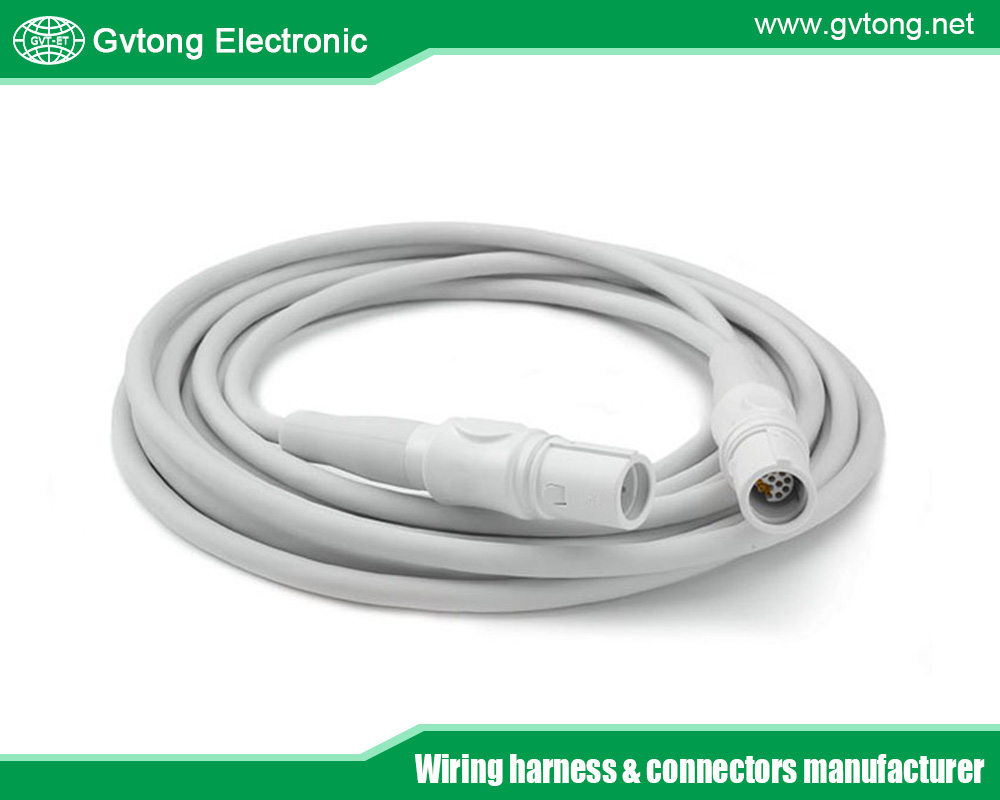
Safety Considerations
High-voltage EV battery connectors must be designed to mitigate several safety risks inherent to their operation. Below are the primary concerns and how they are addressed.
Electrical Shock Risks
EV battery systems operate at high voltages, often exceeding 400V and reaching up to 800V in advanced models. Accidental contact with live parts could result in severe injury or death. To prevent this, connectors incorporate robust insulation and shielding, ensuring no exposed conductive surfaces. Touch-safe designs, compliant with standards like IEC 62196, use recessed pins and protective covers to eliminate shock hazards during handling or maintenance.
Fire Hazards
Faulty connectors can produce electrical arcing or overheating, both potential fire triggers. Arcing occurs when current jumps across a gap, while overheating results from excessive resistance. Manufacturers mitigate these risks with arc suppression technologies, such as ceramic inserts or gas-filled chambers, and integrate thermal management systems to dissipate heat. Proper torque during installation also ensures tight connections, reducing resistance and heat buildup.
Corrosion and Degradation
Exposure to moisture, salt, or extreme temperatures can corrode connectors, increasing resistance and risking failure. Corrosion-resistant materials like gold-plated contacts or stainless steel, paired with sealed housings (e.g., IP67-rated), protect against environmental damage. Regular inspections help detect early signs of degradation, preventing safety issues over the vehicle’s lifespan.
Vibration and Mechanical Stress
EVs endure constant vibration and mechanical stress from road conditions, which can loosen or damage connectors. Vibration-resistant designs, such as spring-loaded contacts or secure locking mechanisms, ensure connections remain intact. Reinforced housings and strain relief features further enhance durability, safeguarding against mechanical failure.
Importance of Installation and Maintenance
Even the best connectors fail if improperly installed or neglected. Trained technicians must follow precise procedures, such as applying correct torque and verifying alignment. Routine maintenance—visual checks, cleaning, and resistance testing—ensures ongoing safety, addressing wear before it escalates into a hazard.
Reliability Factors
Reliability in EV battery connectors ensures consistent performance over time. Several factors contribute to this dependability.
Material Quality
High-quality materials are foundational to reliable connectors. Copper alloys offer excellent conductivity, while thermoplastics provide insulation and durability. These materials must resist corrosion, heat, and wear, maintaining performance in harsh EV environments. For example, nickel-plated contacts enhance longevity by resisting oxidation.
Design Features
Reliable connectors feature designs that prevent failure. Secure locking mechanisms, such as bayonet or latch systems, ensure connections don’t loosen during operation. Redundant contacts provide backup if one fails, while strain relief reduces stress on cables and terminals. These elements collectively minimize downtime and repair needs.
Testing and Certification
Before reaching the market, connectors undergo rigorous testing to meet standards like SAE J1772 or IEC 62196. Electrical tests verify voltage withstand and insulation resistance, while environmental tests simulate heat, humidity, and vibration. Mechanical tests assess durability under shock and stress. Certification ensures connectors perform reliably under real-world conditions.
Maintenance and Inspection
Regular maintenance extends connector reliability. Technicians use tools like multimeters to measure resistance, identifying wear or damage. Scheduled replacements of aging components prevent unexpected failures, ensuring the EV remains operational throughout its service life.
Real-World Examples
Real-world applications illustrate how safety and reliability are implemented in EV battery connectors.
Tesla’s Battery Connectors
Tesla, a leader in EV technology, uses custom-designed connectors in its battery packs. These connectors feature robust insulation and locking mechanisms to handle the high currents of its Supercharger network (up to 250 kW). Tesla’s rigorous testing ensures reliability, with rare reports of connector-related failures, showcasing effective design and maintenance practices.
Nissan Leaf’s Battery Connectors
The Nissan Leaf, a popular affordable EV, employs connectors designed for safety and durability. Sealed to resist moisture and equipped with vibration-resistant features, they perform reliably in diverse climates. Nissan’s emphasis on standardized components also simplifies repairs, enhancing long-term dependability.
Industry Challenges
Despite advancements, connector failures have occurred. In 2019, some EVs faced recalls due to overheating connectors, prompting manufacturers to improve thermal management and material quality. These incidents highlight the need for continuous refinement in design and oversight.
Future Developments
Innovations promise to elevate the safety and reliability of EV battery connectors.
Wireless Charging
Wireless charging could eliminate physical connectors, reducing wear and safety risks. Using electromagnetic fields, it transfers power without cables, though efficiency and cost challenges remain. Research, like that from WiTricity, aims to make this viable for widespread adoption.
Advanced Materials
Materials like graphene offer superior conductivity and durability, potentially revolutionizing connectors. Lightweight and corrosion-resistant, they could reduce weight and enhance performance, improving both safety and efficiency in future EVs.
Smart Connectors
Smart connectors with embedded sensors monitor temperature, resistance, and wear in real time. By alerting users to issues before they escalate, they enhance preventive maintenance, reducing failure risks and boosting reliability.
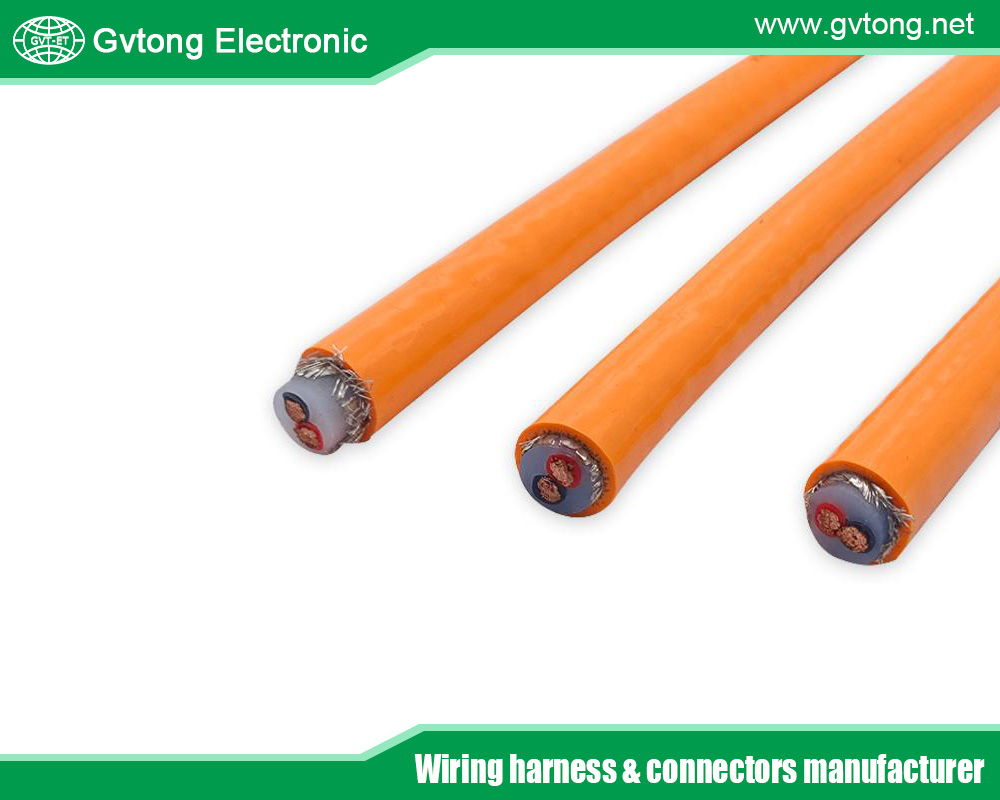
Conclusion
High-voltage EV battery connectors are vital to the safety and reliability of electric vehicles. Addressing risks like electrical shock, fire, and mechanical failure requires innovative design, quality materials, and diligent maintenance. Real-world examples from Tesla and Nissan demonstrate these principles in action, while future technologies like wireless charging and smart connectors promise further improvements. As EVs grow in prominence, ensuring connector performance remains paramount, driving innovation and adherence to rigorous standards. This focus will sustain trust in EVs as a safe, reliable transportation solution.
For more about the best safety and reliability of high-voltage EV battery connectors for electric vehicles, you can pay a visit to Gvtong at https://www.gvtong.net/ for more info.
Recent Posts
The Best GR Series-Circular Connectors Manufacturer
The Best GD Series Combined Power Connector Manufacturer
A Guide to Selecting the Best GH Series Plastic Connector Manufacturer
How High Pressure Connectors Work?
The Best Automotive Connector Companies
Tags
Recommended Products
-
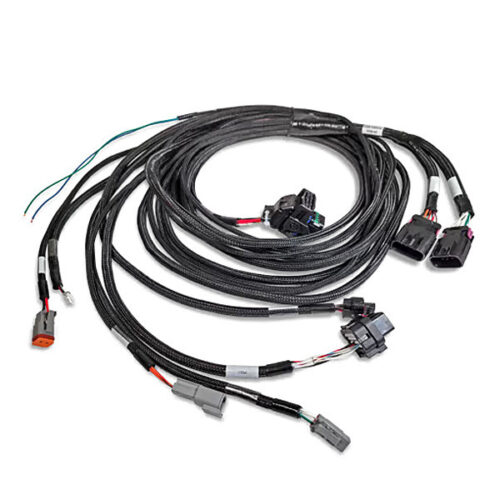
Automotive low pressure wiring harness
-

Photovoltaic connector plug
-
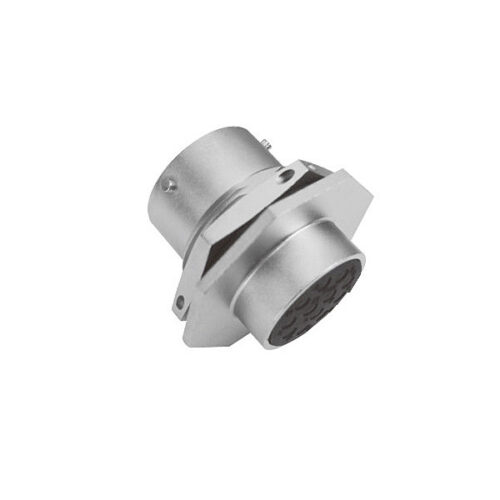
Signal connector-12 core-14#
-
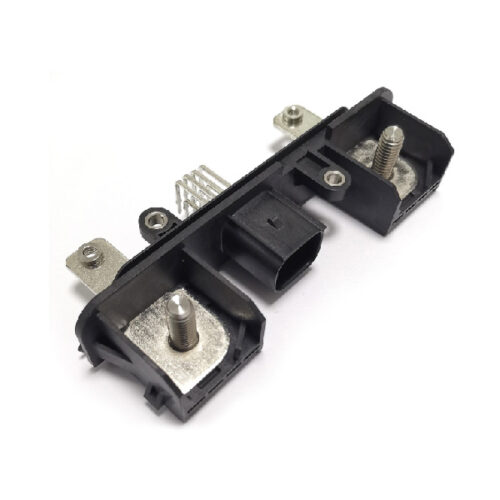
GD Series – Automotive Combined Power Connector – 2+8 Pin Hybrid Power Connector 150A 500V DC IP67 Waterproof
-
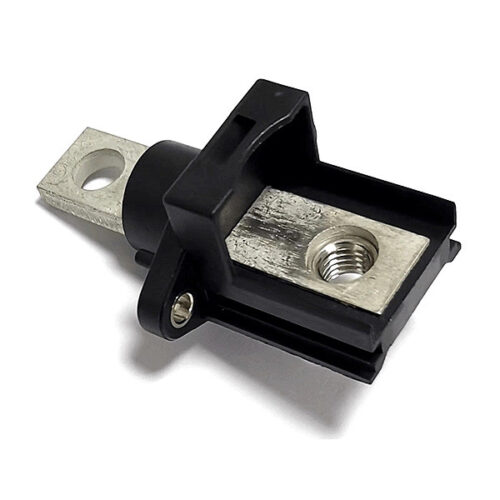
GHDC terminal
-
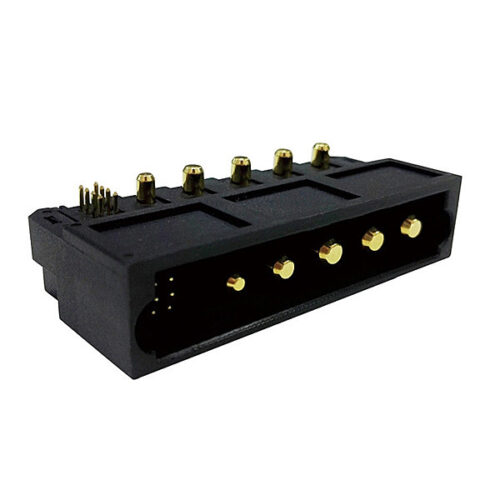
13-core power connector
-
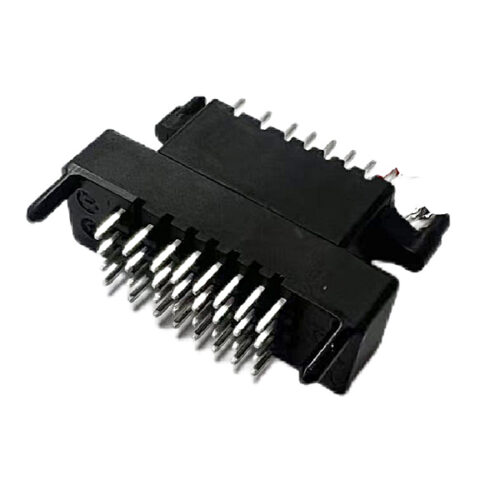
GE Series-32pin signal connector
-

GE Series-34/40-core double-row signal connector
